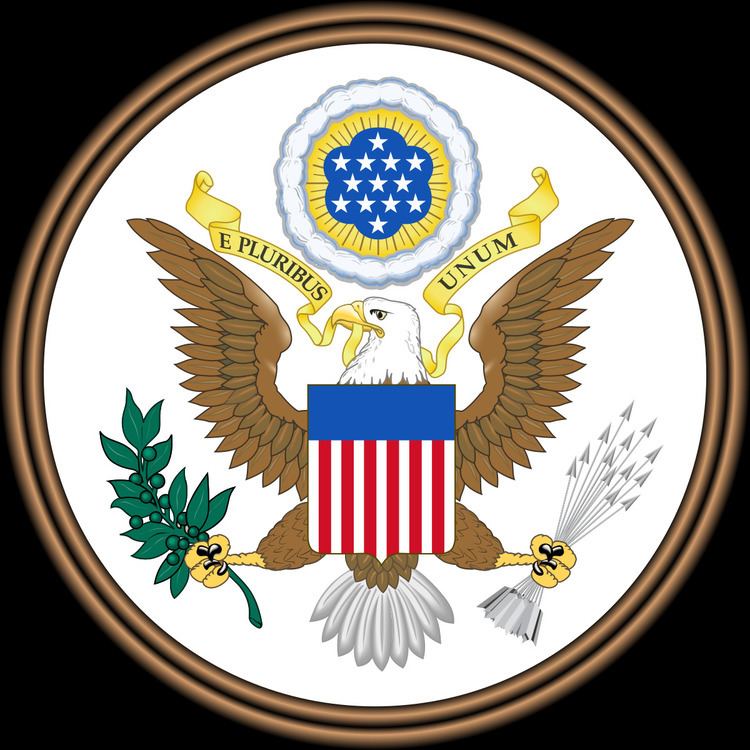Introduced on January 3, 2013 | Number of co-sponsors 19 | |
 | ||
Full title To temporarily increase the borrowing authority of the Federal Emergency Management Agency for carrying out the National Flood Insurance Program. Sponsored by Rep. Scott Garrett (R, NJ-5) | ||
The Hurricane Sandy relief bill (Pub.L. 113–1, H
Contents
The Act amended the National Flood Insurance Act of 1968 to increase from $20.725 billion to $30.425 billion the total amount of notes and obligations (i.e. federal borrowing authority) which may be issued by the Administrator of the Federal Emergency Management Agency (FEMA), with the President's approval, for the National Flood Insurance Program.
House of Representatives
The Bill was introduced into the House of Representatives on January 3, 2013 by Rep. Scott Garrett (R-NJ), with 44 cosponsors.
On January 4 the Bill was considered by the House. The vote was made under suspension of the rules, so it required a two-thirds majority. It was passed 354-67.
Senate
The Bill was passed in the Senate by a voice vote on January 4.
President
The Bill was presented to President Obama on January 4 and signed into law on January 6.
Background
On December 28, 2012, the Senate passed H.R. 1 of the 112th Congress, with an amendment in nature of a substitute, by a vote of 62 – 32. The bill would have provided for $60.4 billion in supplemental disaster assistance. While it was not enacted by Congress as a whole, its Title VI (Section 601) became the Hurricane Sandy relief bill.
The Budget Control Act of 2011 (BCA) authorized two types of spending to exceed the established spending caps: disaster and emergency. While emergency spending is not subject to the caps in the BCA, spending for disaster relief is calculated by taking the average of the previous ten years' disaster relief spending (excluding the highest and lowest spending years).
Provisions
The Bill amended section 1309(a) of the National Flood Insurance Act of 1968 to temporarily increase the borrowing authority of the Federal Emergency Management Agency for the purpose of carrying out the National Flood Insurance Program from $20,725,000,000 to $30,425,000,000 (a difference of $9.7 billion).
The bill also contains vast amounts of funding for the National Oceanic and Atmospheric Administration (NOAA), intended for repairs and upgrades of its facilities and equipment.
Costs
This amount is designated as emergency spending, pursuant to section 4(g) of the Statutory Pay-As-You-Go Act of 2010 (2 U.S.C. § 933(g)).
The amounts of new budget authority, outlays, or revenue that result from a provision designated as an emergency in a PAYGO measure are not included in CBO estimates.
Public perception
Some perceived the bill as too costly, while others described it as necessary to repair the areas damaged by the hurricane. While the bill was signed on January 4, the larger Disaster Relief Appropriations Act was not signed until January 29, 91 days after the storm struck.
